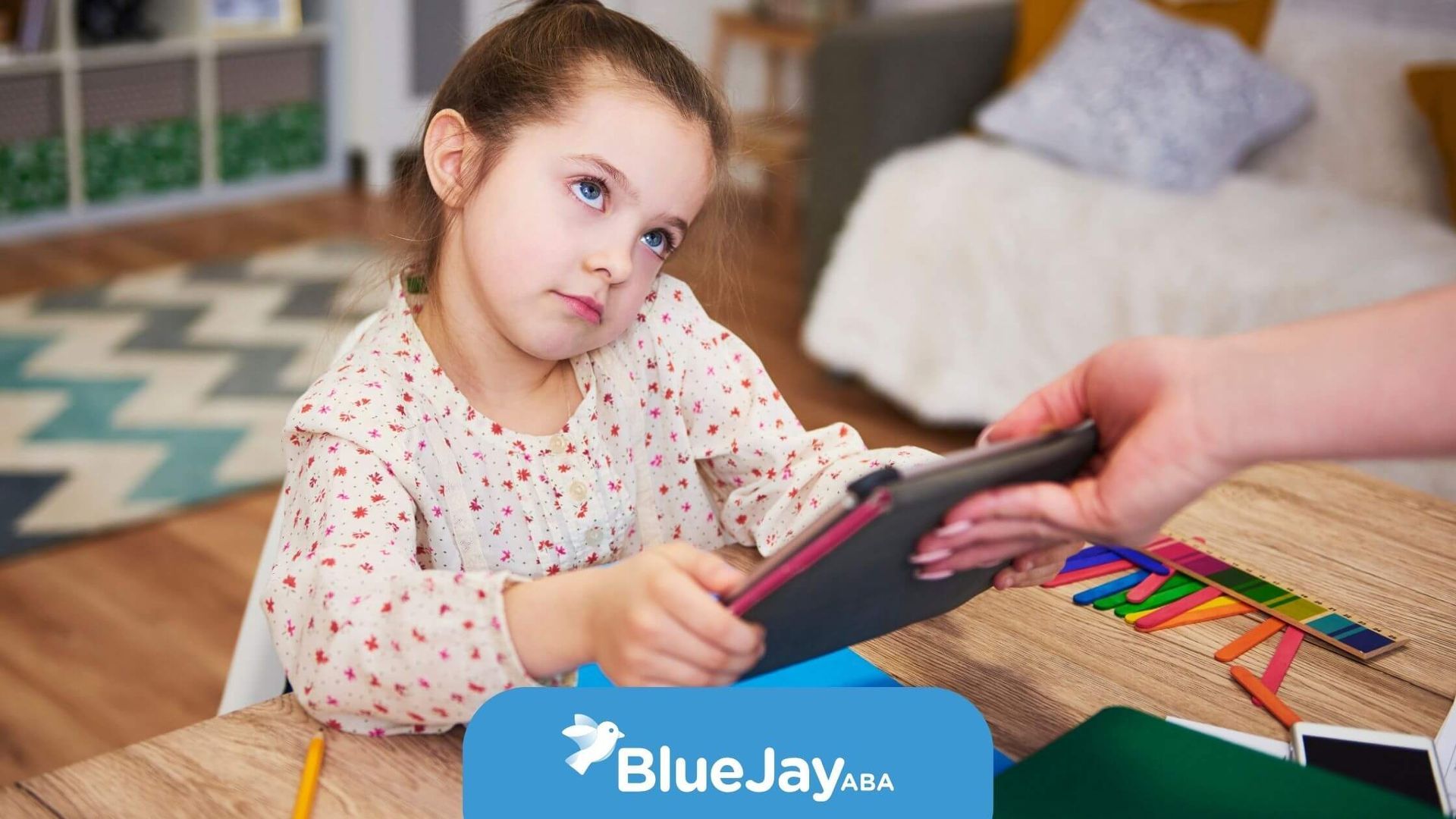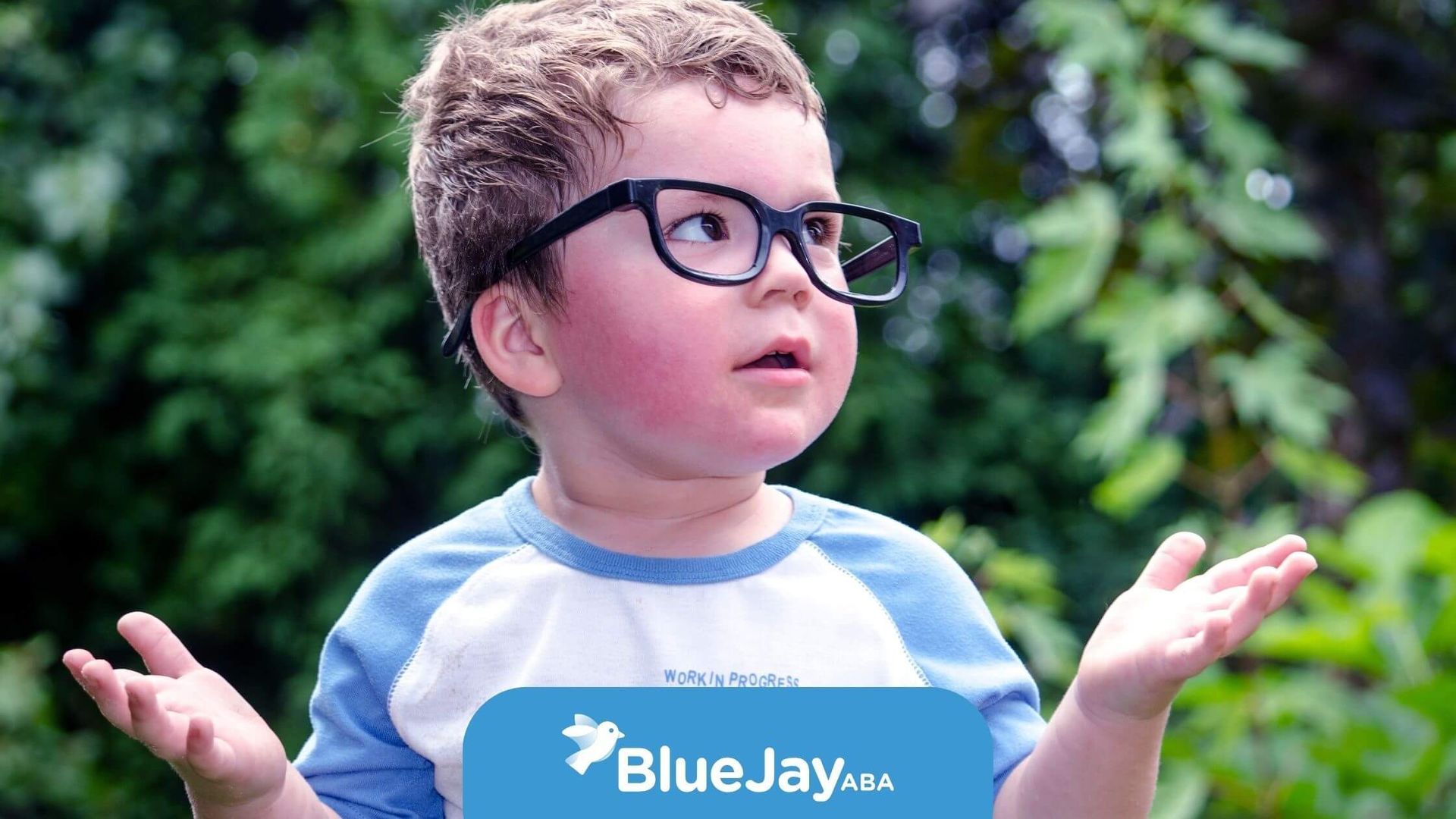What’s the Difference Between DRI, DRO & DRA?
Differential reinforcement is at the heart of ABA therapy, and knowing the difference between DRI, DRO, and DRA can help you understand your child’s treatment better.
One of my past clients, a teenager with autism, used to hit himself when overwhelmed. By reinforcing a new, incompatible behavior—squeezing a stress ball instead—we saw those self-injuries drop dramatically within weeks of home-based ABA therapy.
Differential Reinforcement
The Big Picture
Differential reinforcement means rewarding desired behavior and withholding it for problem behavior. According to the Journal of Family Psychology, systematic reinforcement can reduce problem behavior by 65% in family settings.
As a therapist working with kids and teens, I’ve seen this strategy completely transform sessions—behaviors that once hurt progress now create new learning opportunities.
DRI: Differential Reinforcement of Incompatible Behavior
What It Means
With DRI, you reinforce a behavior that can’t physically occur at the same time as the problem behavior. If one behavior goes up, the other must go down.
I once had a young client who repeatedly hit his hands on the table when frustrated. We introduced a quiet sit-and-read activity. Within days, hitting dropped by nearly half. Sitting and reading replaced the hitting behavior in a meaningful, teachable way.
Why Choose DRI
- Quick to implement
- Clearly replaces problem behavior with a skill
- Great when the unwanted behavior is consistent and identifiable
Things to Keep in Mind
- Doesn’t address the function behind behaviors
- Works best alongside autism interventions that teach understanding and communication
DRO: Differential Reinforcement of Other Behavior
What It Means
With DRO, any behavior except the problem behavior earns reinforcement—for fixed or variable time intervals.
In sessions with a child who screamed roughly every 10 minutes, we started giving praise and tokens each time they went 7 minutes without screaming. Gradually, the interval was extended. Within three weeks, screaming nearly disappeared during sessions.
Why It Works
- Simple—no specific alternative needed
- Builds awareness of quiet behavior
- Works in different settings like home, therapy, or school
Variations
- Fixed-interval DRO: reward after set time (e.g., 5 min)
- Variable-interval DRO: reward at unpredictable times—keeps attention higher
DRA: Differential Reinforcement of Alternative Behavior
What It Means
DRA reinforces a specific, functional alternative behavior that serves the same need as the problem behavior—for example, asking nicely instead of acting out.
A nonverbal child used to cry whenever thirsty. We taught her to present a picture card for "drink." We celebrated every successful request. Soon, the crying stopped and the card use became her go-to solution.
Why Choose DRA
- Teaches precise, useful skills
- Strongly linked with communication and social growth
Challenges
- Replacement behavior must be carefully chosen and taught
- Reinforcement needs to be consistent across all settings
Evidence from Research
A ResearchGate review found that DRA effectively reduces both minor challenging behaviors and more dangerous ones in developmental disability settings.
Comparing DRI, DRO & DRA
| Strategy | What’s Reinforced | Best Use Case | Strengths | Caveats |
|---|---|---|---|---|
| DRI | Behavior incompatible with the problem | Fast, clear replacements | Quick effect | Doesn't teach function |
| DRO | Any behavior except the problem behavior | General reduction | Easy to apply | No specific skill taught |
| DRA | A targeted alternative behavior | Teaching communication | Builds real skills | Requires planning and training |
Choosing the Right Strategy
Step-by-Step Guide
- Define the behavior and its function.
- Set measurable, realistic goals.
- Pick an intervention based on need:
- DRI when a clear incompatible behavior exists
- DRO for general reduction and awareness
- DRA to teach a specific new skill
- Plan carefully: choose reinforcement types and schedules.
- Track progress: collect data and reassess.
Tips for Successful Use
Get Everyone on Board
Make sure families, teachers, and therapists follow the same plan—consistency makes or breaks it.
Keep Data & Stay Flexible
Use short, frequent data checks. Adjust strategies when progress stalls.
Honor the Client
Always involve clients in choosing alternatives. Ask, “What would feel helpful?”
Dr. Beth Sulzer-Azaroff, a pioneer in behavior analysis, reminded us, “Interventions that honor a person’s preferences support their agency.”
Ethical Considerations
Center on Dignity & Consent
Start with transparent conversation and written permission. Explain strategies simply and respect individual values.
Avoid Power Struggles
If a plan feels controlling, revisit it with client feedback in mind.
Balance Safety & Choice
When behaviors risk harm, involve supervisors and ethical guidelines in planning emergency protocols.
Conclusion
Differential reinforcement methods—DRI, DRO, and DRA—offer strong, positive ways to reduce problem behavior and build new skills. They’re most effective when paired with data, consistency, collaboration, and compassion. In my work, these strategies aren’t just tools—they’re bridges to growth, connection, and quality of life.
Ready to see these strategies in action?
At Blue Jay ABA, we specialize in creating personalized ABA therapy services in North Carolina that use proven techniques like DRI, DRO, and DRA to help children build meaningful skills and reduce challenging behaviors.
Let’s work together to help your child thrive.
Frequently Asked Questions
How do I decide between DRI, DRO, and DRA for my child or client?
To choose between DRI, DRO, and DRA for your child or client, you need to look at the behaviors you want to change. Think about what results you want. Pick the method that helps the most with challenging behaviors. You should choose a way that builds positive behavior and deals with why those tough behaviors happen.
Can these differential reinforcement strategies be combined in a single treatment plan?
Yes, you can use different reinforcement strategies such as DRI, DRO, and DRA together in one treatment plan. This helps to work on more than one behavior at the same time. Using this mix of differential reinforcement can make the plan more effective. It also lets you fit the plan to what each client needs and the situations they are in.
What are some real-world examples of each strategy?
Real-world examples show how these ideas work. You can use DRI by giving a child praise when they play with blocks instead of throwing them. For disruptive behavior, you can try DRO. If a student does not act out in class, be sure to praise them. In DRA, you can reward a teenager when they talk about their feelings instead of acting out in an aggressive way.
Sources:
- https://iris.peabody.vanderbilt.edu/module/bi2-elem/cresource/q1/p08/
- https://www.nu.edu/blog/what-is-differential-reinforcement/
- https://www.appliedbehavioranalysisedu.org/what-is-meant-by-differential-reinforcement-in-the-context-of-applied-behavior-analysis/
- https://pubmed.ncbi.nlm.nih.gov/32196670/
- https://ebip.vkcsites.org/differential-reinforcement/
Related Posts






